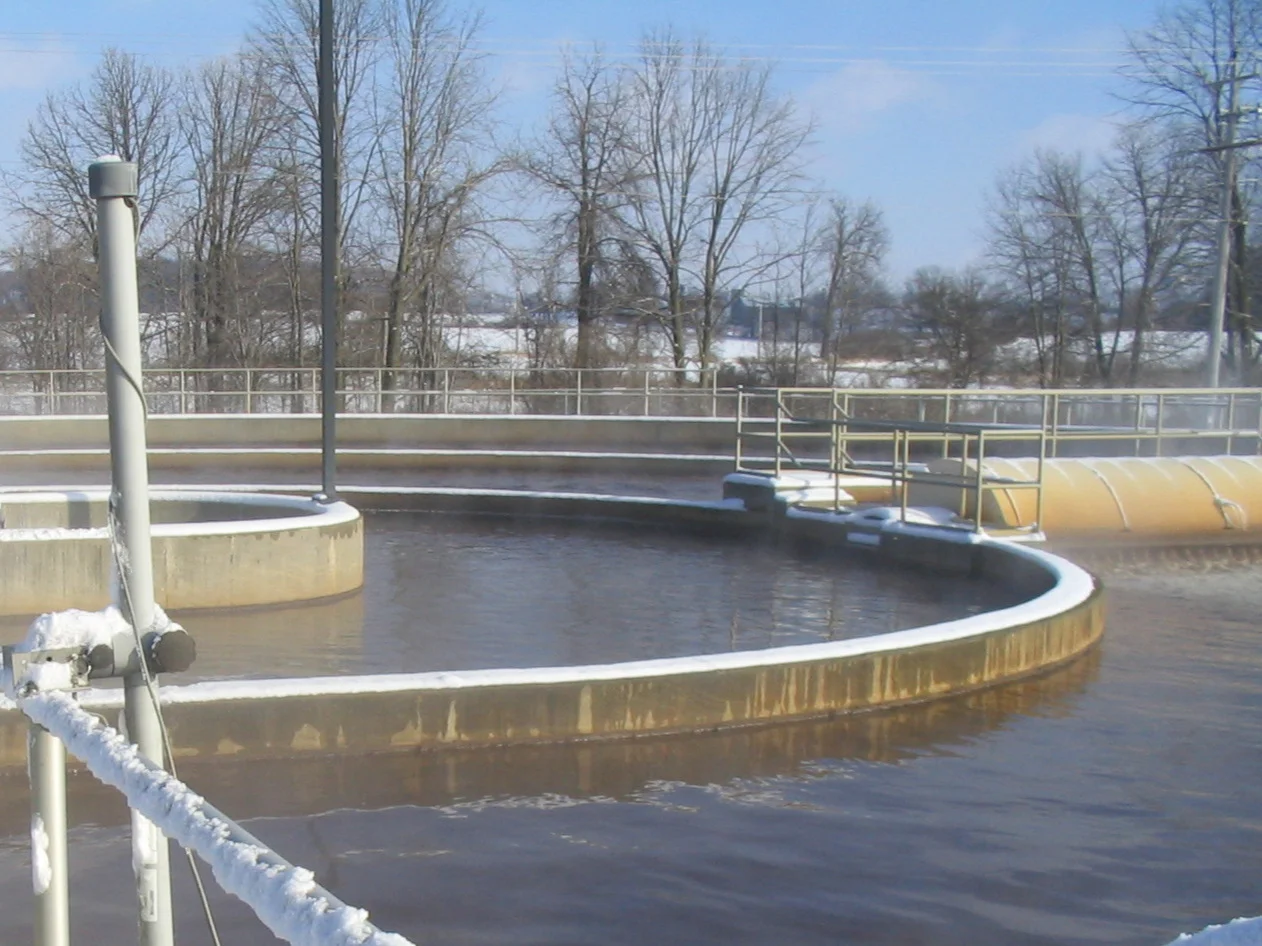Process instrumentation is an often overlooked, yet incredibly important component of wastewater treatment operations in small to medium size wastewater treatment facilities. The City of Hartford Water Pollution Control Facility (WPCF) implemented additional process instrumentation to enhance their operations.
Biological Phosphorus Removal
Several years ago, the City implemented biological phosphorus removal at their three-channel oxidation ditch. To achieve this process, and the necessary anaerobic conditions in the outer oxidation ditch channel, they removed some discs from selected disc aerators and changed the number of aerators on at a single time to provide less air. The amount of minimal air provided now is added for mixing to keep the mixed liquor at a minimum velocity of 0.75 feet per second which prevent solids settling.
Aerator Control Configuration Change
“This process change also resulted in electrical cost savings of approximately $30,000 per year.”
The WPCF also changed the aerator control configuration and added variable speed drives for better dissolved oxygen control. Previously, the aerator drives were equipped with two-speed motors. With the variable speed drives, the WPCF has more control to meet target dissolved oxygen concentrations in the middle and inner channel of the oxidation ditch. This process change also resulted in electrical cost savings of approximately $30,000 per year. The WPCF received grants from Focus on Energy and Wisconsin Public Power Inc. for this project.
Installation of Oxidation-Reduction Potential (ORP) Probe
ORP probe at oxidation ditch
To aid in determining the degree of oxygen deficit in the outer channel, the WPCF installed an oxidation-reduction potential (ORP) probe. The instrumentation measures the potential in millivolts of two electrodes in the instrument; the higher the dissolved oxygen deficit, the higher the negative reading, and the lower the deficit, the lower the negative reading from the instrument. The target level reading in the third channel is -250 mV, and the ORP readings fluctuate throughout the day. The WPCF uses this instrument to measure longer term trends in the oxygen deficit readings in the outer channel. They can then make small changes in the variable speed drive settings (e.g. minimum speed) of the disc aerators to optimize the third channel dissolved oxygen deficit level and middle and inner channel dissolved oxygen levels.
Online Orthophosphorus Analyzer
The City also installed an online orthophosphorus analyzer to measure real time phosphorus levels in the final clarifier effluent. The instrument uses chemistry and the principle of spectrometry to measure the concentration of phosphorus in the clarifier effluent. The WPCF monitors the real time information through their SCADA system and makes small adjustments to chemical dosing as needed. A standard multiplier is added to the orthophosphorus reading to transfer it to a total phosphorus level. This is important because the WPCF will soon have a stringent effluent phosphorus limit of 0.075 mg/L. This instrumentation helps them track how well they are removing phosphorus in real-time.
LEARN MORE
To learn more about the importance of process instrumentation and solids management, contact an expert today.
About the Author
David W. Arnott, P.E.
Team Leader/Senior Project Manager
Dave has extensive experience in the planning, design, and construction project management of wastewater treatment facility renovation and upgrade projects. Areas of expertise include treatment processes, hydraulics, mechanical equipment, and wastewater disinfection. He also has experience in sanitary and water pumping station design and sanitary sewer wet weather facilities.






